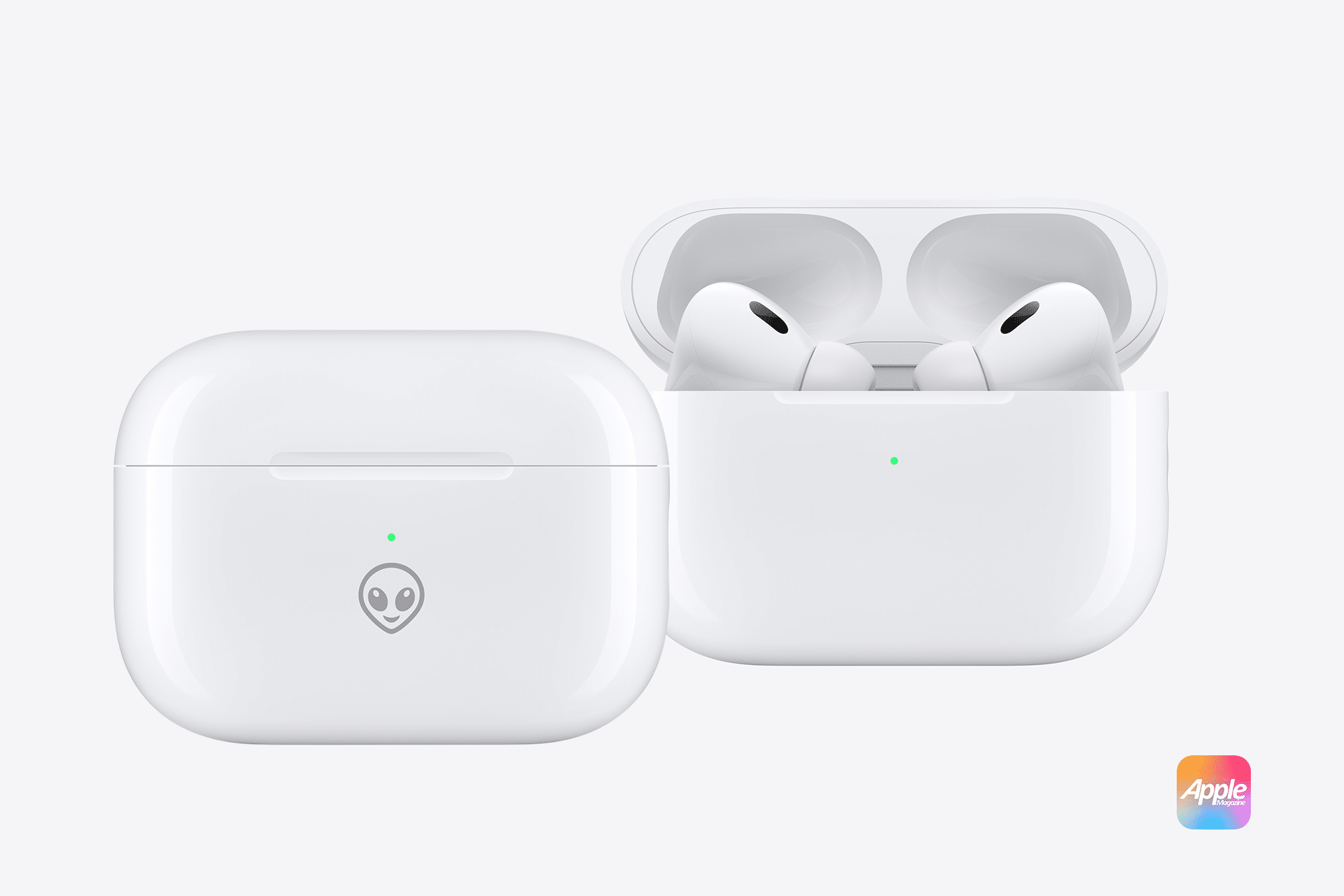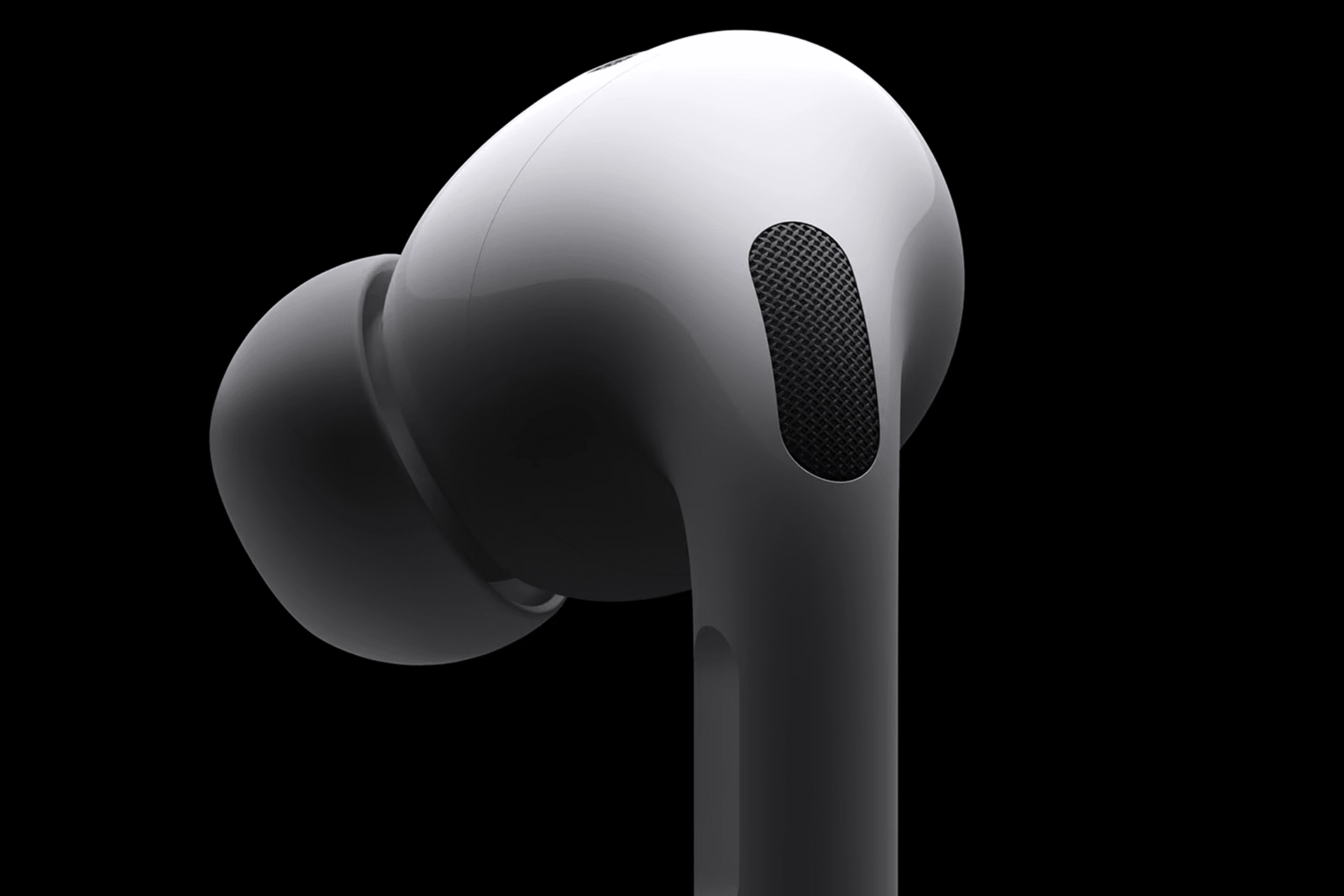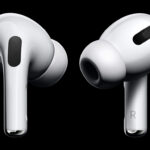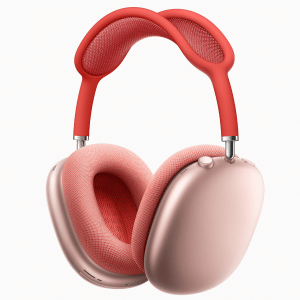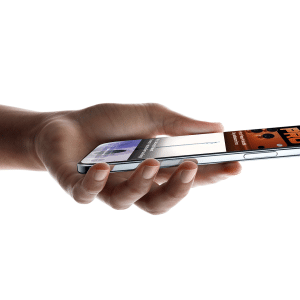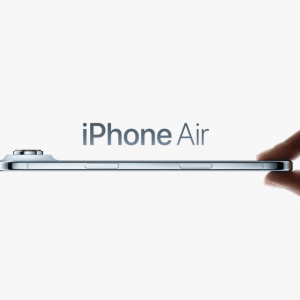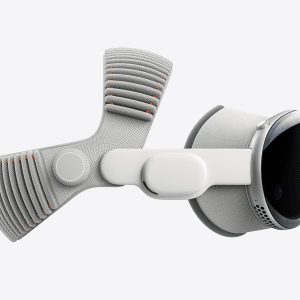Apple’s second-generation AirPods Pro brought several notable advancements, including new features designed to enhance audio fidelity, noise management, and user comfort. These updates demonstrate Apple’s commitment to pushing the boundaries of what wireless earbuds can achieve.
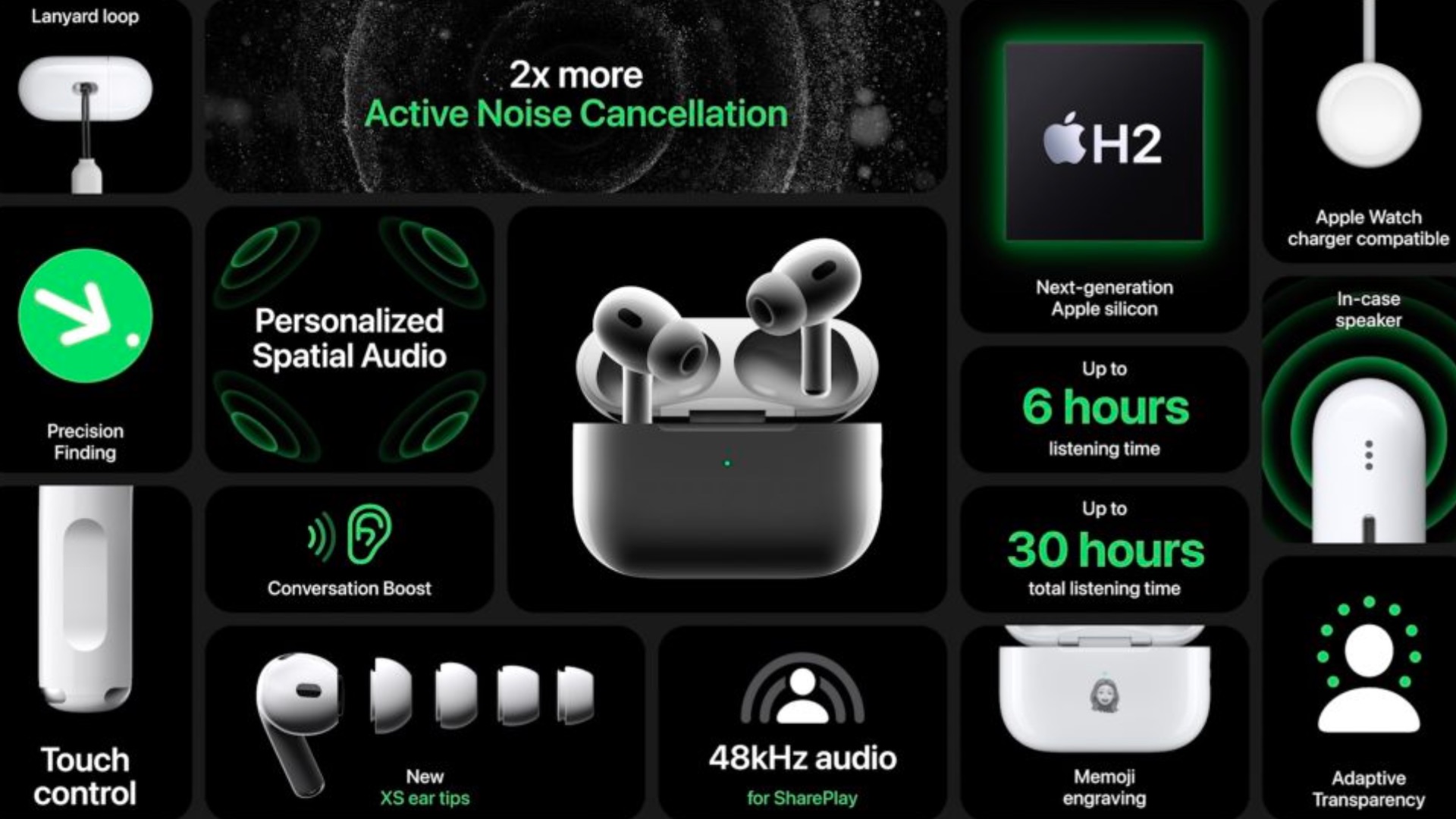
1. H2 Chip for Enhanced Performance
At the core of the AirPods Pro 2 is Apple’s custom-designed H2 chip, which significantly improves audio processing capabilities. The chip enables more precise noise cancellation, richer sound reproduction, and enhanced spatial audio experiences.
This powerful chip is a cornerstone of the AirPods Pro 2 pivot, allowing Apple to offer a listening experience that adapts dynamically to users’ environments.
2. Adaptive Transparency Mode
One of the standout features of the AirPods Pro 2 is adaptive transparency mode. This technology filters out harmful or excessively loud noises (such as sirens or construction sounds) while still allowing users to hear their surroundings clearly.
This feature enhances both safety and comfort, making the AirPods Pro 2 ideal for urban environments and outdoor activities.
3. Extended Battery Life and Improved Case
Battery life on the AirPods Pro 2 has been extended to six hours of listening time on a single charge, with an additional 24 hours provided by the updated charging case. The case also features precision Find My tracking and a built-in speaker, making it easier to locate if lost.
These upgrades improve usability and reinforce Apple’s attention to detail in hardware design.
Why Apple’s AirPods Pro 2 Pivot Matters
The pivot in AirPods Pro 2 isn’t just about product enhancements—it’s a strategic move that aligns with Apple’s long-term goals in the audio space.
1. Strengthening Apple’s Wearable Network
Apple’s success in wearables, including the Apple Watch and AirPods, has been a key driver of growth in recent years. By refining the AirPods Pro 2, Apple is ensuring that its audio devices remain essential components of its product network.
Features like spatial audio and seamless integration with iPhones, Macs, and Apple TVs position the AirPods Pro 2 as a core part of Apple’s user experience.
2. Competing in a Crowded Market
While Apple leads the premium wireless earbud market, competition from brands like Sony, Bose, and Samsung continues to intensify. Apple’s focus on innovative features, such as adaptive transparency and spatial audio, gives the AirPods Pro 2 a competitive edge that differentiates it from rival products.
Maintaining leadership in this space requires Apple to continuously innovate, and the AirPods Pro 2 pivot reflects this commitment.
3. Paving the Way for Future Audio Products
The technology introduced in the AirPods Pro 2 is likely to influence future products across Apple’s audio lineup. Whether it’s a new generation of AirPods Max or updates to the standard AirPods, features like the H2 chip and adaptive audio processing may become standard.
This strategy helps Apple maintain a consistent trajectory of innovation, ensuring that each product generation builds on the strengths of the previous one.
The Role of Spatial Audio in Apple’s Audio Strategy
Apple has been heavily promoting spatial audio as a key feature of its AirPods lineup. Spatial audio creates an immersive, 360-degree sound experience by simulating audio movement and positioning.
1. Personalized Spatial Audio Setup
With the AirPods Pro 2, Apple introduced a personalized spatial audio feature that tailors the listening experience based on the shape of the user’s ears. This customization improves the accuracy of audio placement, making movies, music, and games more immersive.
2. Integration with Apple Music and Apple TV
Apple has expanded support for spatial audio across its services, including Apple Music and Apple TV+. Users can enjoy content with dynamic head tracking, which adjusts the sound field based on head movement, creating a more realistic and engaging experience.
By emphasizing spatial audio, Apple is enhancing the appeal of its entire ecosystem, encouraging users to adopt both AirPods and Apple’s content services.
How the AirPods Pro 2 Improves Everyday Experiences
The AirPods Pro 2 pivot isn’t just about cutting-edge technology—it’s also about delivering tangible benefits to users in their daily lives.
1. Superior Noise Management
Whether commuting on a noisy subway or working in a bustling coffee shop, users benefit from the AirPods Pro 2’s improved active noise cancellation. The H2 chip processes external sounds more efficiently, blocking out distractions without compromising audio quality.
Adaptive transparency mode also enhances awareness, ensuring users can remain safe and attentive in public spaces.
2. Better Call Quality
The AirPods Pro 2 offers improved voice call performance, thanks to enhanced microphones and noise-reduction algorithms. This makes the earbuds an excellent choice for business professionals who rely on clear communication during remote meetings and calls.
3. Fitness and Health Tracking
Apple may integrate future AirPods models with additional health and fitness features, such as heart rate monitoring or movement tracking. These features would complement the Apple Watch, further solidifying AirPods’ role in Apple’s health-focused initiatives.
Challenges and Opportunities Ahead for Apple’s AirPods Line
While the AirPods Pro 2 pivot showcases Apple’s strengths, there are still challenges the company must address to sustain momentum in the audio market.
1. Price Sensitivity
Apple’s AirPods Pro 2 are positioned as a premium product, with a price point that may deter some consumers. To capture a broader audience, Apple may need to introduce mid-tier models that offer key features at a more affordable price.
2. Battery Technology Improvements
While battery life has improved, long-term wearables users often express concerns about battery degradation. Apple’s ability to extend battery longevity without compromising design will be critical to future success.
3. Environmental and Sustainability Goals
Apple has made strides in sustainability by using recycled materials and improving energy efficiency. Expanding these efforts to include replaceable components, such as batteries, could enhance the AirPods Pro 2’s appeal to environmentally conscious consumers.
What’s Next for Apple’s Audio Strategy?
The AirPods Pro 2 pivot suggests that Apple is far from finished when it comes to audio innovation. Future developments may include:
- Advanced health monitoring features integrated into AirPods
- AI-powered audio adjustments that optimize sound based on user activity
- Expanded compatibility with third-party devices, increasing AirPods’ appeal to non-Apple users
Apple’s continued investment in proprietary chips and AI-driven features will ensure that the AirPods lineup remains at the forefront of wireless audio technology.
Apple’s AirPods Pro 2 pivot reflects the company’s ongoing commitment to innovation in wireless audio. By introducing powerful new features like adaptive transparency and personalized spatial audio, Apple has solidified its leadership position in the premium earbud market.
As Apple builds on these advancements, users can expect even more immersive and personalized experiences in the future. The AirPods Pro 2 is a testament to Apple’s ability to blend technology and design, creating products that enhance everyday life in meaningful ways.
